Is Bigger Better? Some Most-ASKed About Artworks
In a recent conversation with colleagues from the Peabody Essex Museum, Sara and I fielded a question that frequently arises: which works of art do people ask about most often via ASK?
We’re able to track this metric through our dashboard, and although visitors can (and do) ask about anything and everything in the Museum’s permanent collections and special exhibitions, certain trends do emerge. One is that “size matters”—simply put, many people are drawn to the largest objects in our galleries. Here are a few works that consistently make our “top ten”!
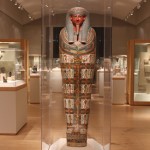
This cartonnage, which is the inner-most case for a mummified body, was for the priest Nespanetjerenpere.
Cartonnage of Nespanetjerenpere: This beautifully preserved and highly detailed cartonnage has popular appeal because it’s a mummy container, and who doesn’t want to know more about ancient Egyptian mummies? It also benefits from its placement along the main axis of the Egyptian galleries aligned with the entrance.
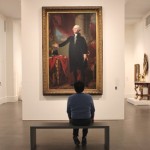
The Stuart portrait of Washington has greater prominence in the redesign American art galleries than the previous installation.
Gilbert Stuart’s full-length portrait of George Washington, in our American art galleries, offers a familiar face in addition to its imposing size. Visitors are often curious to know whether this is the “real” or “original” portrait of Washington. (in fact, it’s one of about a hundred portraits by Stuart depicting the first President and several in this particular format!). The painting’s many symbolic and historical details make it an ideal subject for ASK chats.
Mickalene Thomas might not be a household name like George Washington, but A Little Taste Outside of Love stops many visitors in their tracks due to its majestic size, bold patterning, and self-possessed model—not to mention the thousands of rhinestones that give sparkle to its surface. And, like Nespanetjerepere and Stuart’s portrait of Washington, it has a prominent placement that pulls visitors closer.
Not every large and asked-about work is a figurative subject. Albert Bierstadt’s A Storm in the Rocky Mountains, Mt. Rosalie is a landscape painting on a grand scale (84 feet square!), and its dramatic lighting effects and finely painted detail make it feel hyper-real. It still seems to have the same awe-inspiring effect on today’s visitors that it did on its original audience in 1866.
We could name a few other examples, especially large works or installations that have their own gallery spaces (from the Assyrian wall reliefs of the Northwest Palace at Nimrud to Judy Chicago’s The Dinner Party), but you get the idea!
Of course, having said all this, there are also other reasons that a particular work of art in the galleries may catch the eyes of ASK users. We’ll continue to explore this question in future posts.
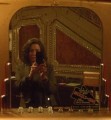
Jessica Murphy, Manager of Visitor Engagement, joined the Brooklyn Museum in 2015 as a member of the ASK team. In her current position she leads the team in their interactions with the Museum’s visitors through the ASK app and coordinates their ongoing training and development. Jessica received her B.A. from Fordham University and her M.A. and Ph.D. in Art History (with a concentration in American Art) from the University of Delaware. She previously worked as Research Associate at the Metropolitan Museum of Art (contributing to exhibitions and publication such as “Alfred Stieglitz and His Artists: Matisse to O’Keeffe” and “The American West in Bronze”), as Contractual Educator at the Met, and as Curatorial Assistant at the Philadelphia Museum of Art. She has also worked as a freelance writer on cultural topics. She welcomes any opportunity, in any medium, to connect people and art.

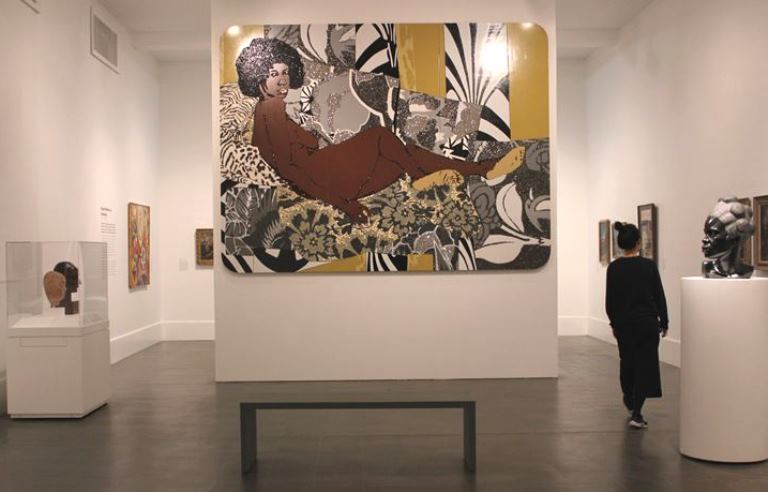
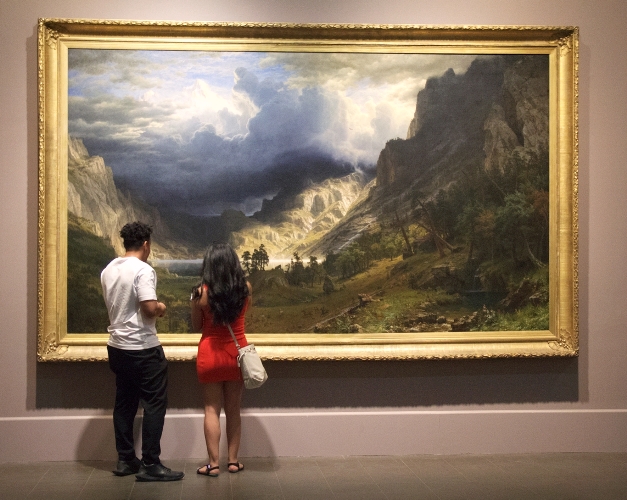

Start the conversation